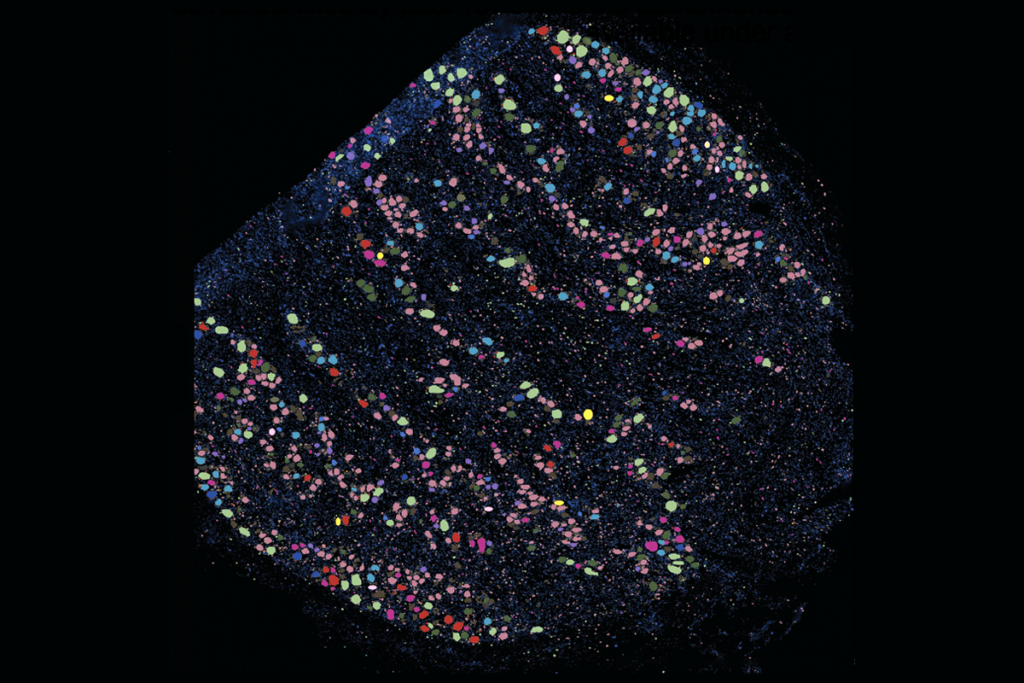Happy birthday, genome
This summer will mark ten years since scientists sequenced the human genome. What have we gained from knowing those 3 billion base pairs?
This June marks ten years since two independent teams of geneticists unveiled the first draft of the human genome.
After years of bitter rivalry, Francis Collins, then the director of the US National Human Genome Research Institute, and Craig Venter together made the announcement from the East Room of the White House.
Then-president Bill Clinton predicted that the feat, which cost billions of dollars and took more than a decade, would “revolutionize the diagnosis, prevention and treatment of most, if not all, human diseases.”
We’re clearly not there yet. So what exactly have we gained from knowing the sequence of 3 billion base pairs?
Collins, Venter and two heavyweights in cancer genetics — Robert Weinberg and Todd Golub — each tackle that question in editorials published today in Nature.
Collins, now head of the National Institutes of Health, writes that although the decoding of the genome has led to many scientific advances — notably, a better understanding of how species, including humans, evolve — its progress in the clinic has been much more modest. Genetic tests can predict, for example, whether someone will develop certain types of breast cancers, or respond well to hepatitis C treatment. But studies comparing genomes of sick and healthy people have failed to find genetic causes for common diseases.
Venter’s view of clinical genetics is similarly sobering. He points out that although human genome sequencing costs continue to plummet — from $300 million in 2003 to less than $5,000 today — researchers don’t know how to interpret most of that glut of data. The key, Venter says, is to match an individual’s genomic readout with rigorously characterized clinical symptoms, family medical histories and lifetime environmental exposures.
Autism researchers are just beginning to think about sequencing the entire genome — or even the protein-coding part, called the exome — of individuals with the disorder. The decoded genome may very well hold answers to the mysteries of autism — but only if we can figure out how to interpret it.
Recommended reading

New organoid atlas unveils four neurodevelopmental signatures

Glutamate receptors, mRNA transcripts and SYNGAP1; and more
Explore more from The Transmitter

‘Unprecedented’ dorsal root ganglion atlas captures 22 types of human sensory neurons

Not playing around: Why neuroscience needs toy models

